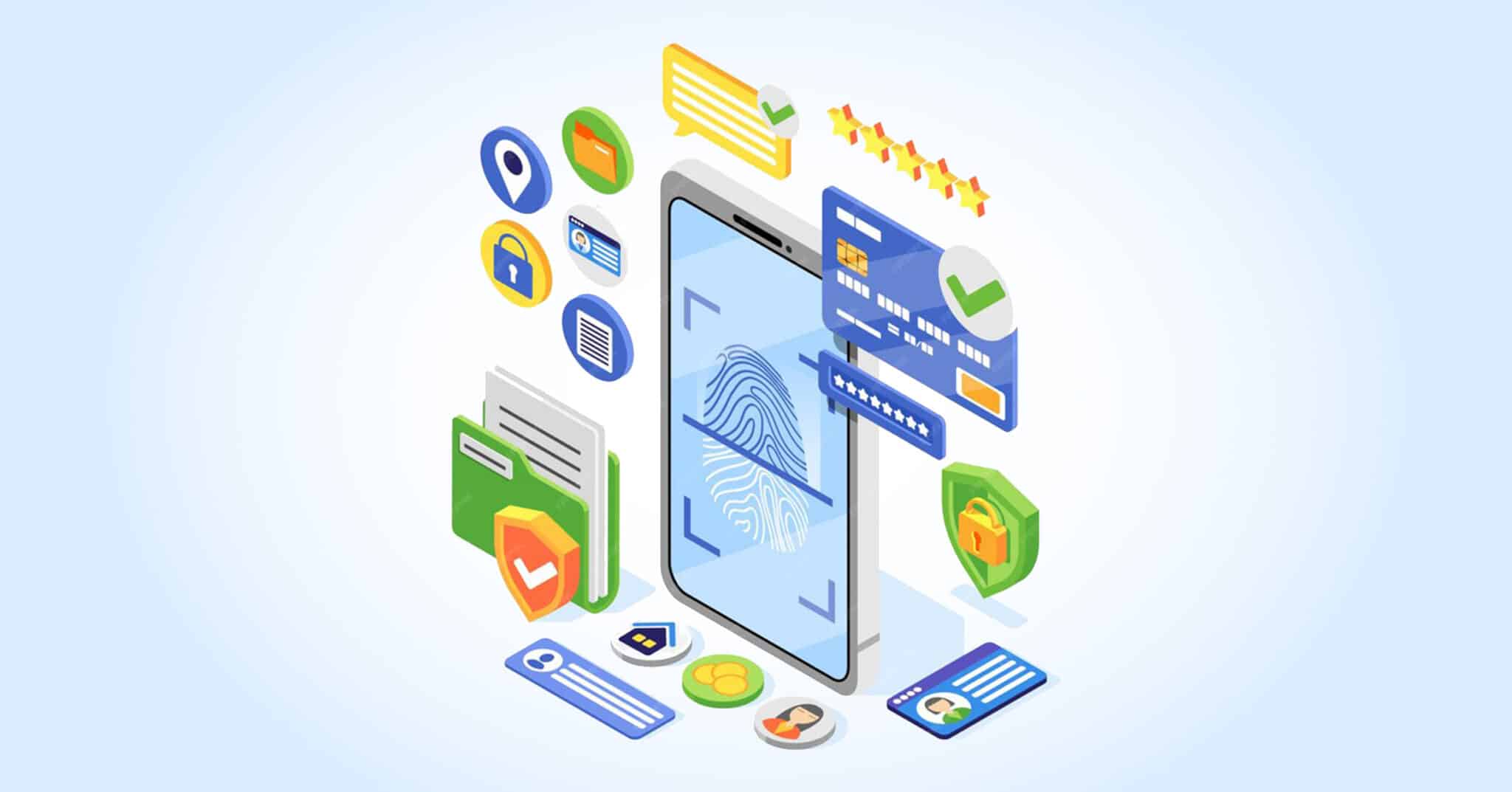Passwords and PINs have traditionally functioned as the secret handshakes for our devices; however, their secrecy is no longer assured. Furthermore, cybercriminals can often guess or compromise them. It’s time to introduce something truly amazing: biometrics! Just imagine a world where you can effortlessly prove your identity simply by being yourself. This is the essence of biometrics. In this article, we’ll delve into the fascinating world of biometric authentication methods. We will explore what they do and how they’re poised to revolutionize and enhance the security of our digital lives. From fingerprint recognition and facial recognition to iris scans and voice recognition, biometrics offer a secure, convenient, and speedy alternative to traditional authentication methods.
What Are Biometrics?
Biometrics, in essence, refers to the measurement and statistical analysis of people’s unique physical and behavioral characteristics. Notably, these characteristics can be used to verify an individual’s identity, making it a powerful and sophisticated tool for authentication.
Types of Biometric Authentication:
Fingerprint Recognition: Fingerprint recognition stands out as one of the most widely utilized biometric methods. Furthermore, smartphones, such as Apple’s Touch ID and Face ID, have propelled the popularity of this authentication form. Additionally, secure access to buildings, vaults, and sensitive data centers often deploys fingerprint scans to enhance security.
Facial Recognition: Apple’s Face ID and various Android devices employ facial recognition for phone unlocking. Moreover, airports and border control agencies extensively use facial recognition to efficiently verify travelers’ identities.
Iris Scans: Iris scans deliver a high level of accuracy and security. Some government and corporate security systems incorporate them. Hospitals and healthcare facilities have initiated the adoption of iris scans for patient identification.
Voice Recognition: Voice recognition is implemented in phone banking and is increasingly integrated into virtual assistants like Siri and Alexa. Several companies employ voice recognition for customer service authentication, which enhances both security and the user experience.
Hand Geometry: Hand geometry biometrics measure the physical structure of the hand and fingers. They are used in access control systems for highly secure areas. Additionally, hand geometry finds application in time and attendance tracking in the workplace.
Behavioral Biometrics: Behavioral biometrics analyze unique patterns in an individual’s behavior, such as typing speed and rhythm. This method is effective for detecting fraudulent activities like account takeovers and identity theft.
The Advantages of Biometrics:
Biometrics offer several advantages over traditional authentication methods:
Security: Biometric identifiers are difficult to forge or steal, making them highly secure.
Convenience: Users don’t need to remember passwords or carry physical tokens; they are the key.
Speed: Biometric authentication is often faster than entering a PIN or password.
Accessibility: Biometrics can be used by individuals with disabilities who may struggle with traditional methods.
Enhanced User Experience: Biometrics provide a seamless and user-friendly authentication process.
The Future of Biometrics:
The future of biometrics is bright, with continued advancements in technology and their integration into various aspects of our lives. Some potential future developments include:
Multi-modal Biometrics: Combining multiple biometric methods for even stronger authentication.
Continuous Authentication: Monitoring a user’s biometrics throughout a session to ensure security remains intact.
Biometrics in E-commerce: Enhanced online shopping security with biometric payment authorisation.
Integration with the Internet of Things (IoT): Biometrics used for securing smart homes and connected devices.
Privacy Concerns: Addressing privacy issues and data protection as biometrics become more prevalent.
Biometrics are poised to reshape the way we prove our identity and secure our digital lives. Furthermore, as technology continues to advance, the potential for biometric authentication is limitless. However, while embracing the future, it’s essential to strike a balance between security and privacy. In doing so, we can ensure that biometrics enhance our lives while safeguarding our personal information. Indeed, the future of authentication is here, and it’s biometric!
